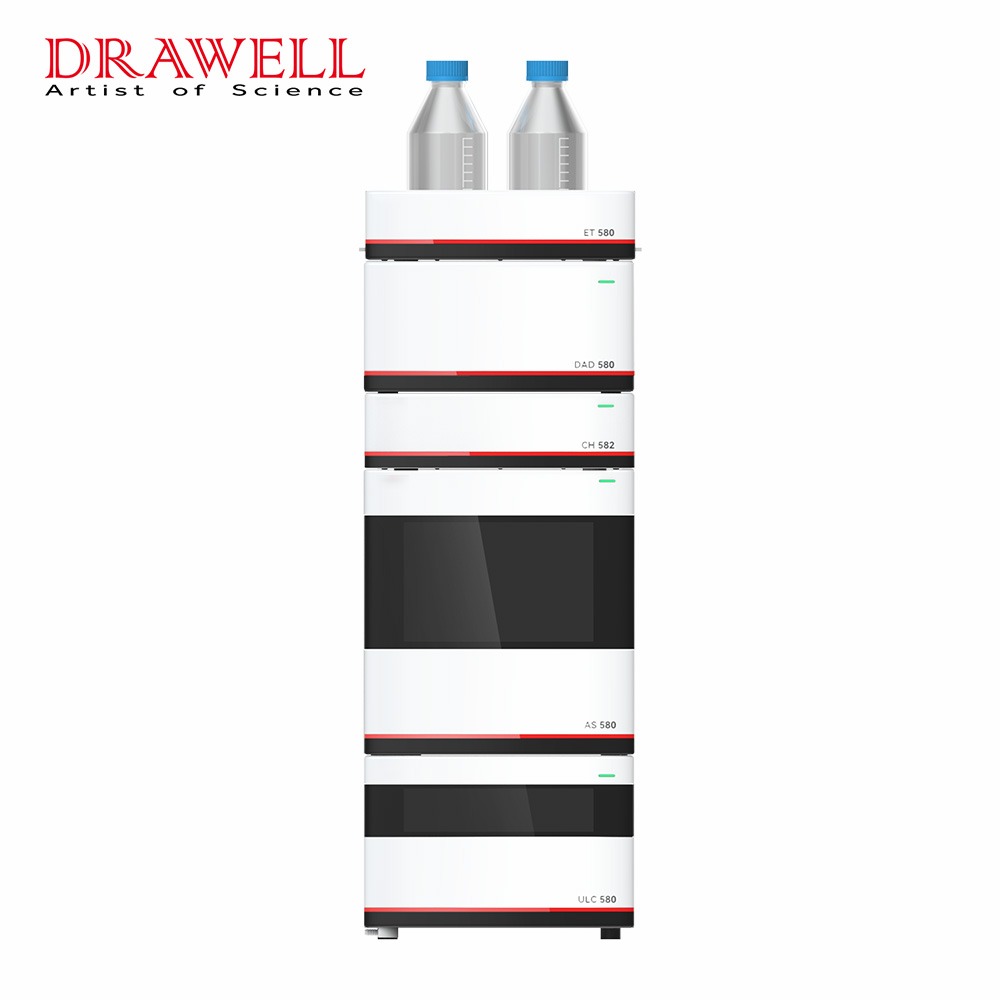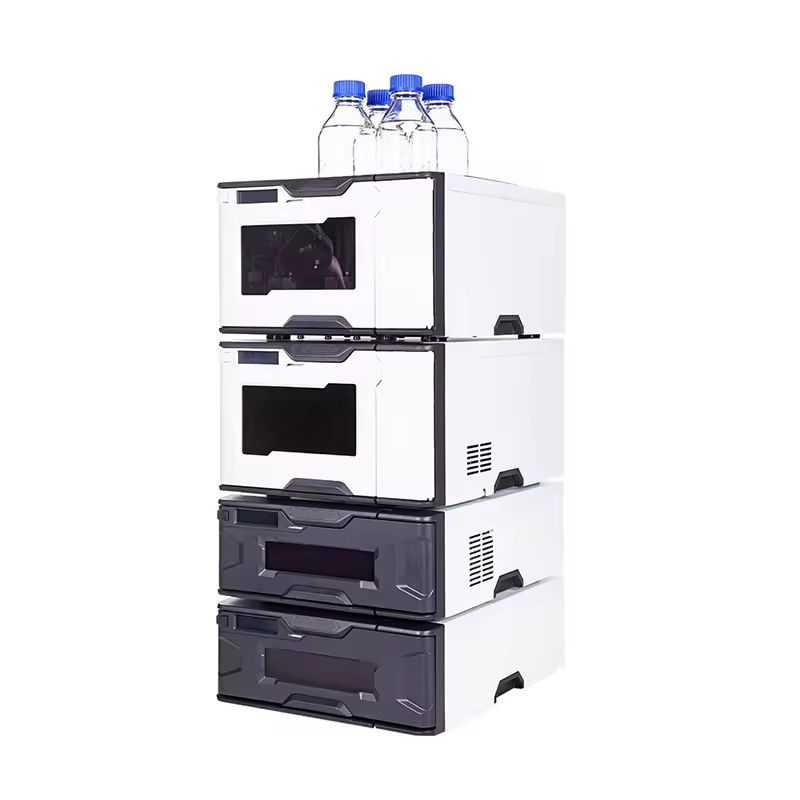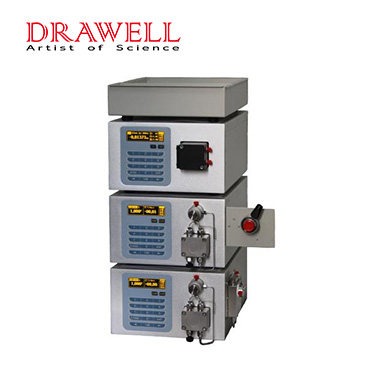HPLC, or High-Performance Liquid Chromatography, is a versatile and commonly used analytical technique in chemistry and biological sciences. It is capable of separating, identifying, and quantifying components in complex mixtures. HPLC chromatography is available in a variety of forms, each customized to specific applications and analytical purposes. In this article, we will explore the different types of HPLC chromatography with their respective uses and how to choose the most suitable method.
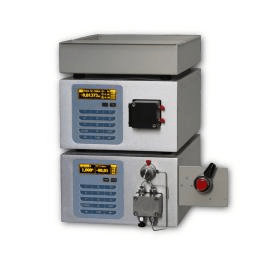
Different Types of HPLC Chromatography
Reverse Phase Chromatography
Normal phase chromatography is the inverse of reverse phase chromatography. It employs a non-polar stationary phase (for example, C18) and a polar mobile phase (for example, water and methanol). This method is very effective for separating polar and moderately polar substances such as medicines, peptides, and proteins. It is one of the most popular HPLC procedures.
Ion-Exchange Chromatography
The stationary phase in ion-exchange chromatography contains charged functional groups that interact with ions in the sample. Cations are retained on a cation-exchange column, while anions are retained on an anion-exchange column. This technique is commonly used for the separation of ions, amino acids, and proteins.
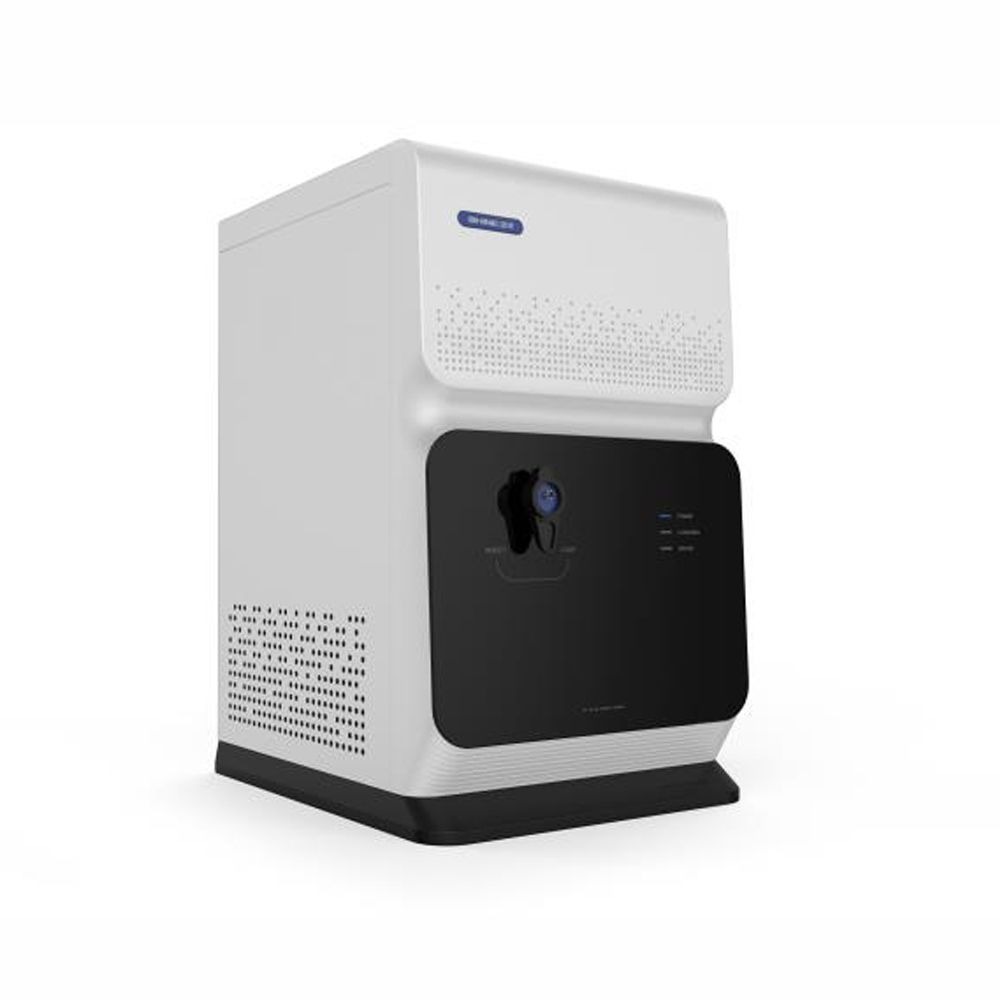
Size-Exclusion Chromatography (SEC or Gel Filtration)
Size-exclusion chromatography is a technique for separating molecules depending on their size and shape. It makes use of a porous stationary phase in which smaller molecules enter and are delayed while larger molecules pass through more quickly. This approach is frequently used for polymer and protein analysis, as well as estimating the molecular weight of substances.
Affinity Chromatography
Affinity chromatography is based on the interaction of a ligand bonded to the stationary phase and a target molecule in the sample. This method is highly selective and is commonly used to purify and isolate biomolecules such as antibodies, enzymes, and receptors.
Hydrophobic Interaction Chromatography (HIC)
Hydrophobic interaction chromatography is a technique for separating compounds based on their hydrophobicity. It employs a stationary phase containing hydrophobic ligands, with substances eluted by reducing the concentration of a salt in the mobile phase. HIC is commonly used for separating proteins and peptides.
Chiral Chromatography
Chiral chromatography separates enantiomers, which are mirror-image isomers that cannot be superimposed on each other. It employs a chiral stationary phase that interacts differently with each enantiomer, resulting in their separation. This technique is crucial in pharmaceuticals and the analysis of chiral compounds.
HPLC-MS (High-Performance Liquid Chromatography-Mass Spectrometry)
HPLC-MS combines HPLC with mass spectrometry, allowing for component separation and identification at the same time. It is commonly utilized in metabolomics, proteomics, and complex mixture analysis.

A Step-by-step Guide to Choose the Suitable HPLC Chromatography
Choosing the suitable HPLC chromatography method is crucial for obtaining accurate and meaningful results in your analytical work.
- Understand Your Sample
- Nature of Compounds: Determine whether your compounds are polar, non-polar, ionic, or large biomolecules (e.g., proteins).
- Chemical Structure: Consider the chemical structure, functional groups, and properties of your compounds.
- Identify Analytical Goals
What are you trying to achieve? Are you performing routine analysis, quantification, purification, or identifying unknown compounds?
- Consider the Chromatography Types
- Normal Phase Chromatography: Suitable for non-polar and moderately polar compounds.
- Reverse Phase Chromatography: Ideal for polar and moderately polar compounds, widely used for pharmaceuticals.
- Ion-Exchange Chromatography: Intended for ion separation and analysis of amino acids and ions.
- Size-Exclusion Chromatography (SEC): Used to calculate molecular weight and separate big molecules such as proteins.
- Affinity Chromatography: The most effective method for purifying and isolating biomolecules with precise binding interactions.
- Hydrophobic Interaction Chromatography (HIC): Proteins and peptides are separated based on their hydrophobicity.
- Chiral Chromatography: Separation of enantiomers (chiral compounds) is required.
- Consider Detection Methods
- UV-Visible Detection: Most chromophores-containing compounds are suitable.
- Fluorescence Detection: This is useful for substances that have fluorescence characteristics.
- Mass Spectrometry (MS): Allows for identification and quantification.
- Refractive Index (RI) Detection: For macromolecules, it is commonly employed in conjunction with SEC.
- Conductivity Detection: Effective for ion-exchange chromatography.
- Electrochemical Detection: Appropriate for redox-active chemicals.
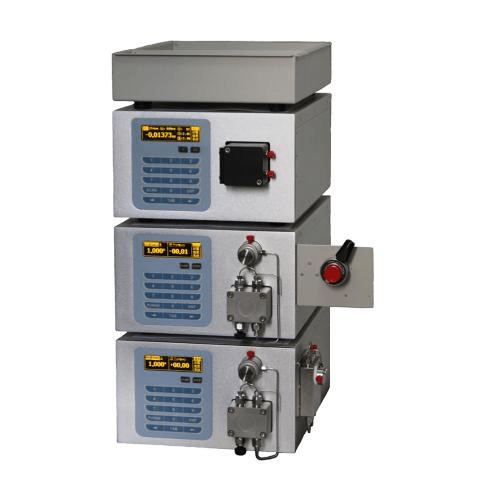
- Select the Stationary Phase
Depending on the kind of chromatography, select the suitable stationary phase material. (e.g., C18 for reverse phase, silica for normal phase, ion-exchange resin for ion-exchange).
- Optimize Mobile Phase
Adjust the composition of the mobile phase (solvent or buffer) to enhance separation.
- Consider Temperature and Flow Rate
Control temperature and flow rate to optimize separation and detection.
- Validate the Method
Validate your chosen method to ensure it meets analytical requirements for accuracy, precision, and reproducibility.
- Test the Method
Run a series of standard samples and verify that the method works as intended.
- Evaluate Results
Examine the quality of your separation and the suitability of the strategy you’ve chosen. Make any necessary changes.
- Maintain Records
Maintain detailed records of your HPLC chromatography methods, such as column type, mobile phase composition, and parameters employed.
- Consult Experts
When in doubt, seek help from colleagues, mentors, or subject matter experts, or use HPLC method development guides and resources.
The applicability of a method is determined by the unique properties of your sample as well as your analytical goals.
Conclusion
Understanding the various types of HPLC chromatography and their specialized applications is critical for researchers and analysts to select the most suitable approach for their analytical needs. There is an HPLC chromatography method adapted to your needs, whether you need to separate substances based on polarity, size, charge, or unique interactions.

